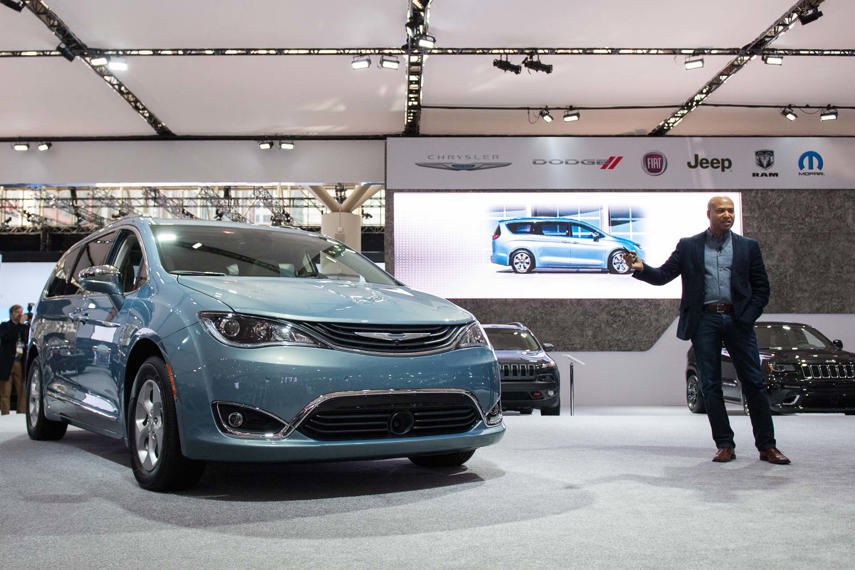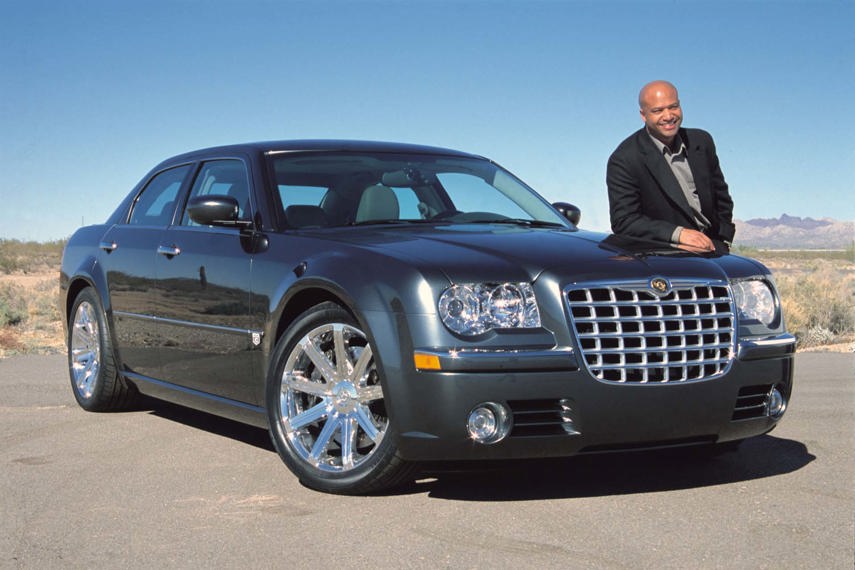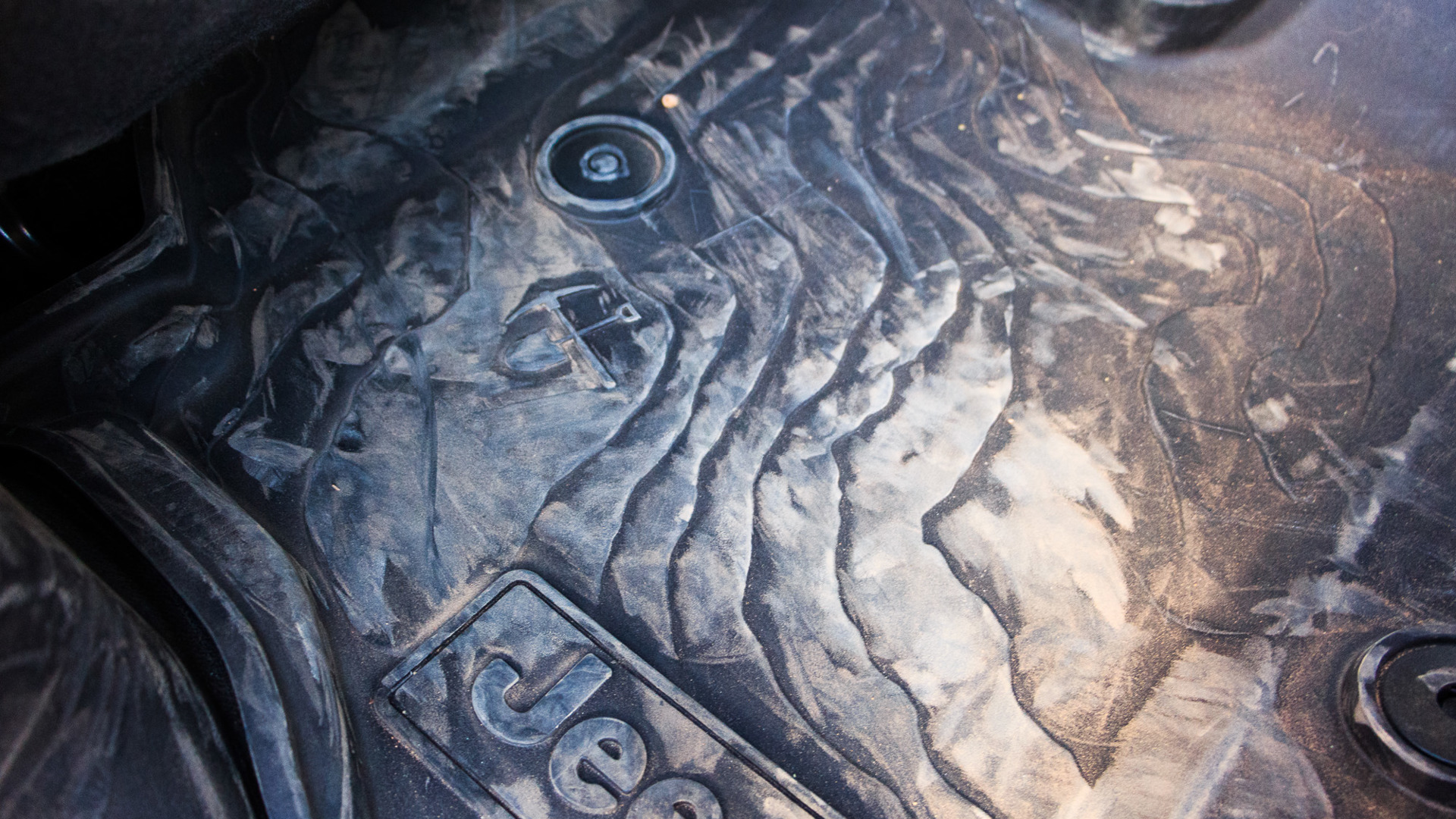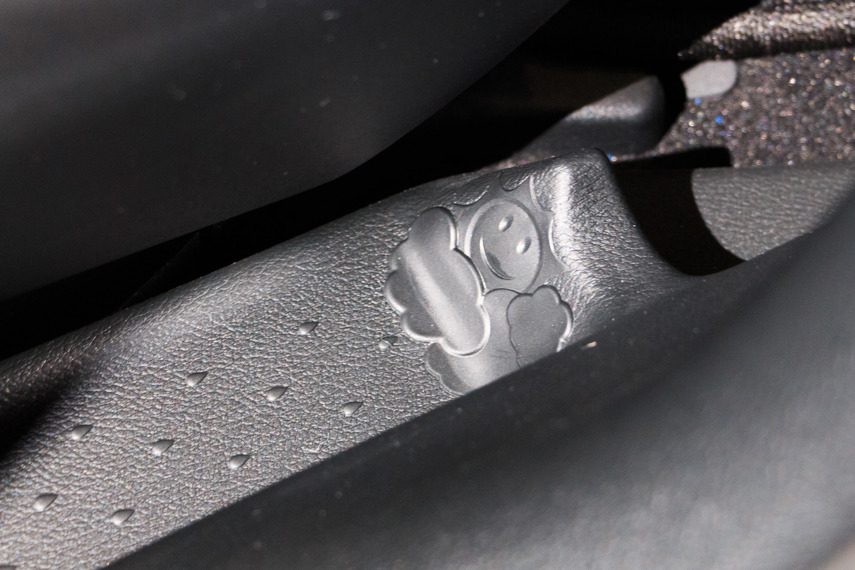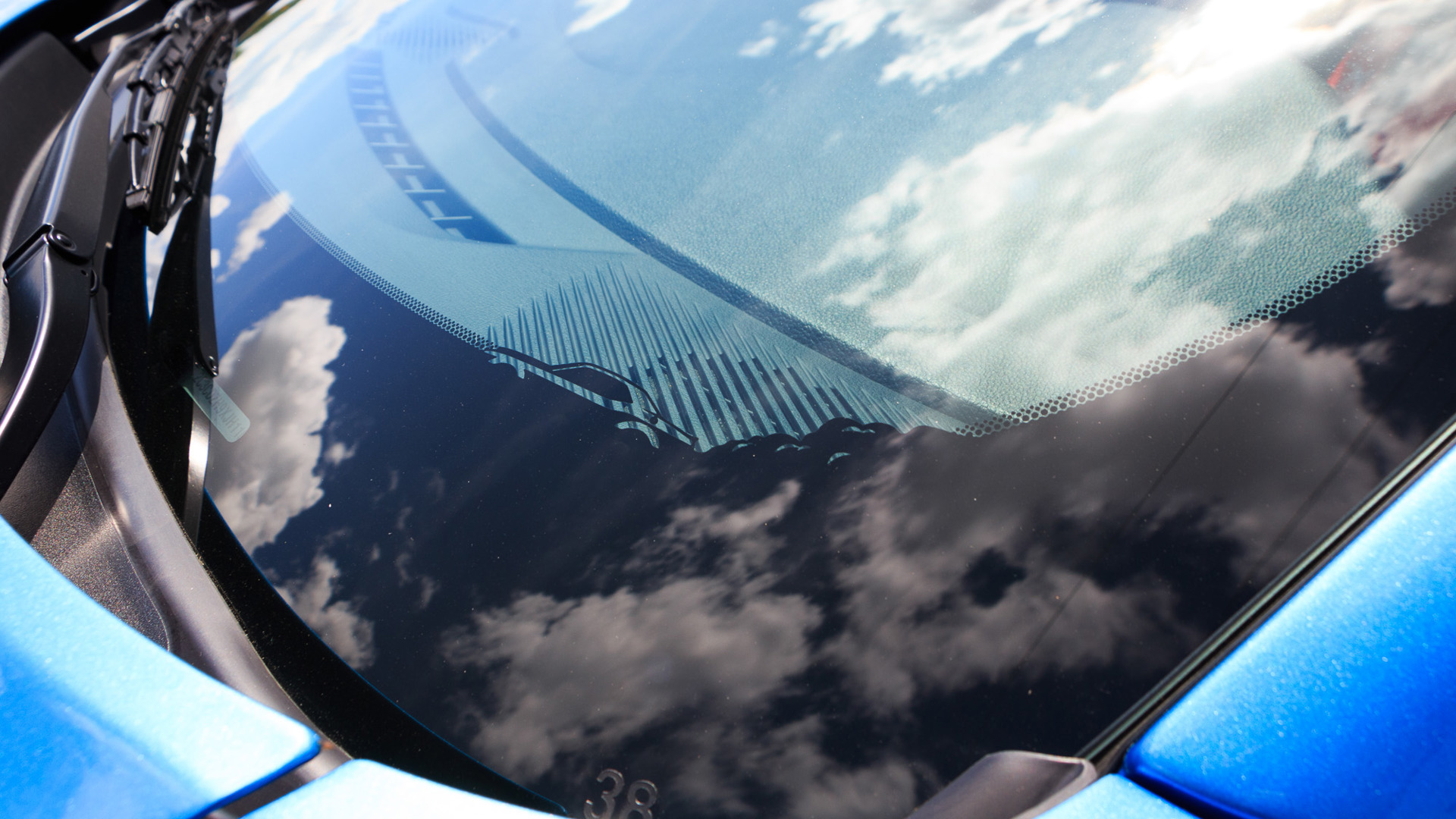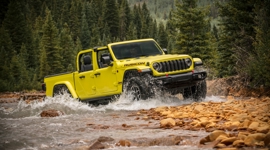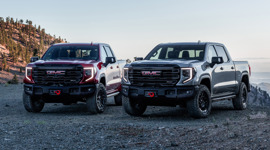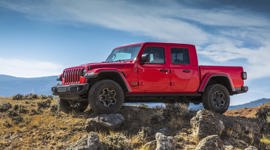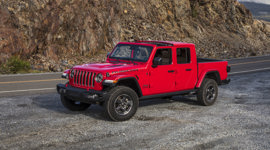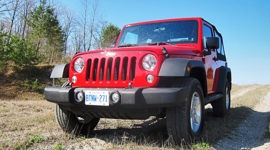Jeep’s new Gladiator pickup takes one of the most recognizable vehicles on the market and makes one massive change to it. It’s the kind of change that can keep an executive up at night worrying about the customer’s reaction. So we sat down at the Los Angeles Auto show with FCA Head of Design Ralph Gilles to talk Gladiator, Easter eggs, owner involvement, and sexy minivans.
Turning the Wrangler into a pickup seems, from a design perspective, somewhat straightforward. Stick a bed on it, call it a day. It’s not that easy, though, is it? Tell us about turning the Wrangler into a truck.
RG: Well – proportion, number one. Making sure it looked right. Placing that rear wheel was a challenge. Getting it exactly where the engineers wanted it to be and at the same time package a full-size spare behind the differential and the bumper and have it be also a 60-inch bed. All of that stuff, and on top of all that it had to have a good departure angle.
![]()
We were able to do all those things. It wasn’t as easy as you’d think. We’ve done a few aftermarket ones. We’ve done SEMA vehicles where we could do what we want, but this time we had the engineering police measuring everything we did.
And Mark’s team (Mark Allen, head of Jeep design) did an amazing job. He’s a Jeeper, and his entire studio lives, eats, and breathes this stuff. So it was a labour of love.
This truck offers impressive capabilities for a midsize pickup. With a payload figure (1,600 lb), especially, that rivals many full-size pickups.
RG: I know that the team from the get-go wanted it to be a legitimate truck. Not just a showpiece or a good-looking Wrangler version. It does everything it should do, and, I think, surprisingly well. Even I’m astonished by the towing numbers.
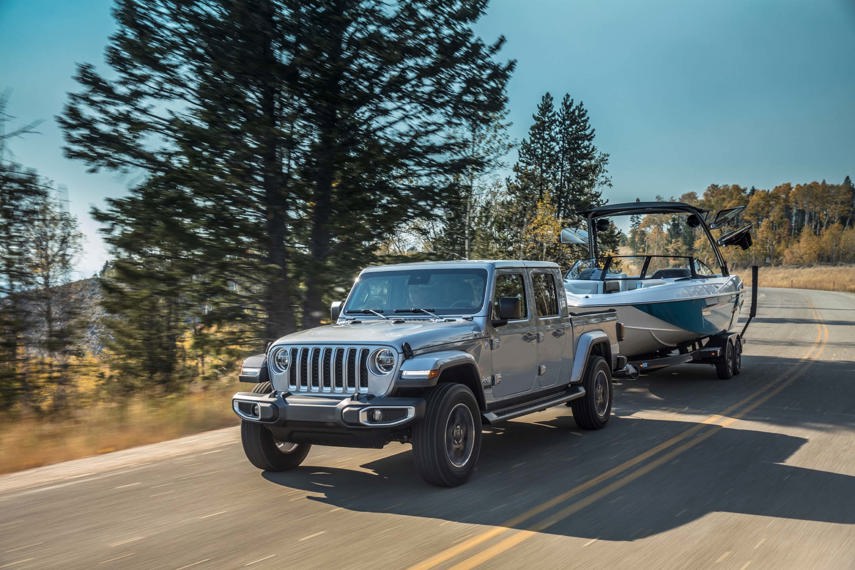
That was the strategy of the Jeep team. To take away all of those reasons you wouldn’t buy it. Because we want people to check a lot of those boxes. It’s an adventure vehicle, it’s a tow vehicle, it’s a work vehicle, it’s a family vehicle, it can be a lot of things.
It can also be an off-road machine if you want it to be. So I can’t wait to see how the aftermarket embraces it.
I know there’s a little overlap, based on some clinics we’ve done, with the current customers of Wranglers, but there’s also a completely different customer we haven’t talked to since (Dodge) Dakota times. Or even Jeep Comanche times.
So there’s definitely a new breed of owners out there.
You’ve worked on a lot of vehicles (ranging from Viper to 300 to minivans). What’s been your favourite to work on?
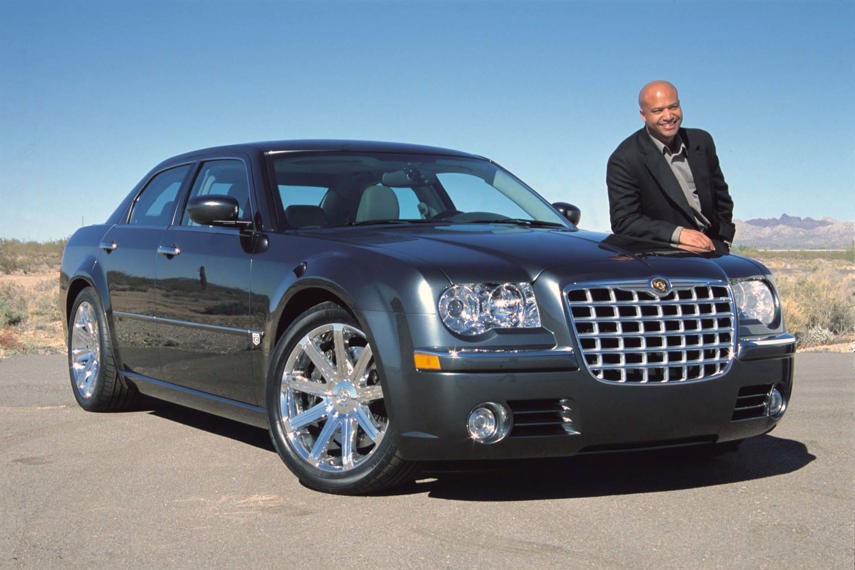
RG: You’re going to laugh, but Pacifica. I’m very proud of that vehicle because it was a very difficult design. What I think is a very sexy minivan, a very good-looking minivan that looks stable and purposeful, but again, does everything a minivan is supposed to do. And does it well.
Spaciousness, modularity of the interior, the nooks and crannies. Working with a team to make Stow ’n’ Go easier. And the minivan is one of the icons for our company. It’s one of those vehicles that we’ve excelled in, and lead in. And we happen to have a lot of those. We’re very lucky to have iconic vehicles that people recognize, and that they also love so much.
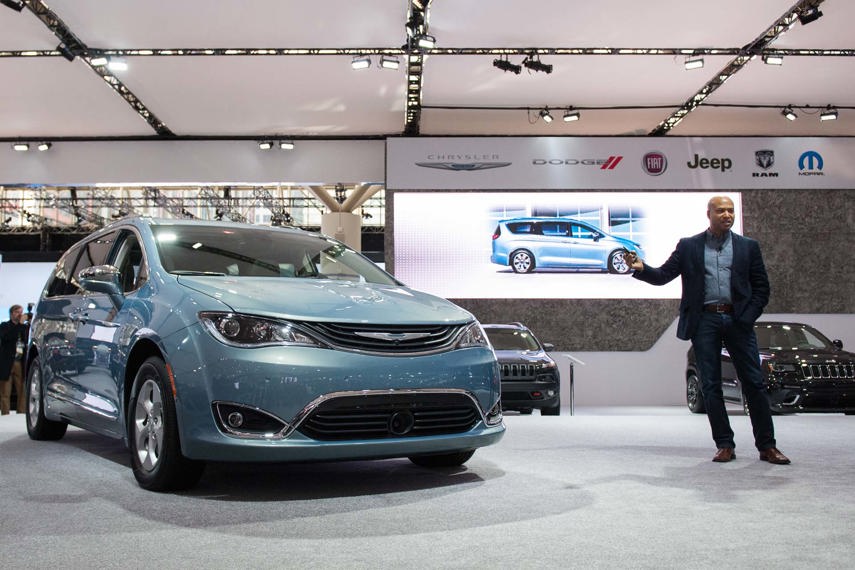
The Wrangler and the Gladiator were the same way.
People who haven’t even seen the Gladiator yet, they know what it should be in a way. And if you mess that up, you hear about it. So there’s this pressure.
I fall in love with all my programs. When I’m into something or when my team’s into something, that’s all I care about in that moment. In my position now, I’m spinning a lot of plates. You know I’ve got several programs going on at the same time. So I have to love them all. I can’t play favourites. But we want every one to stand on its own. They are all like my children. I wouldn’t pick a favourite of my own kids. That’s how I see the product. They all have to kick butt.
So that means you’re looking forward to working on a new Grand Caravan?
RG: Nice try.
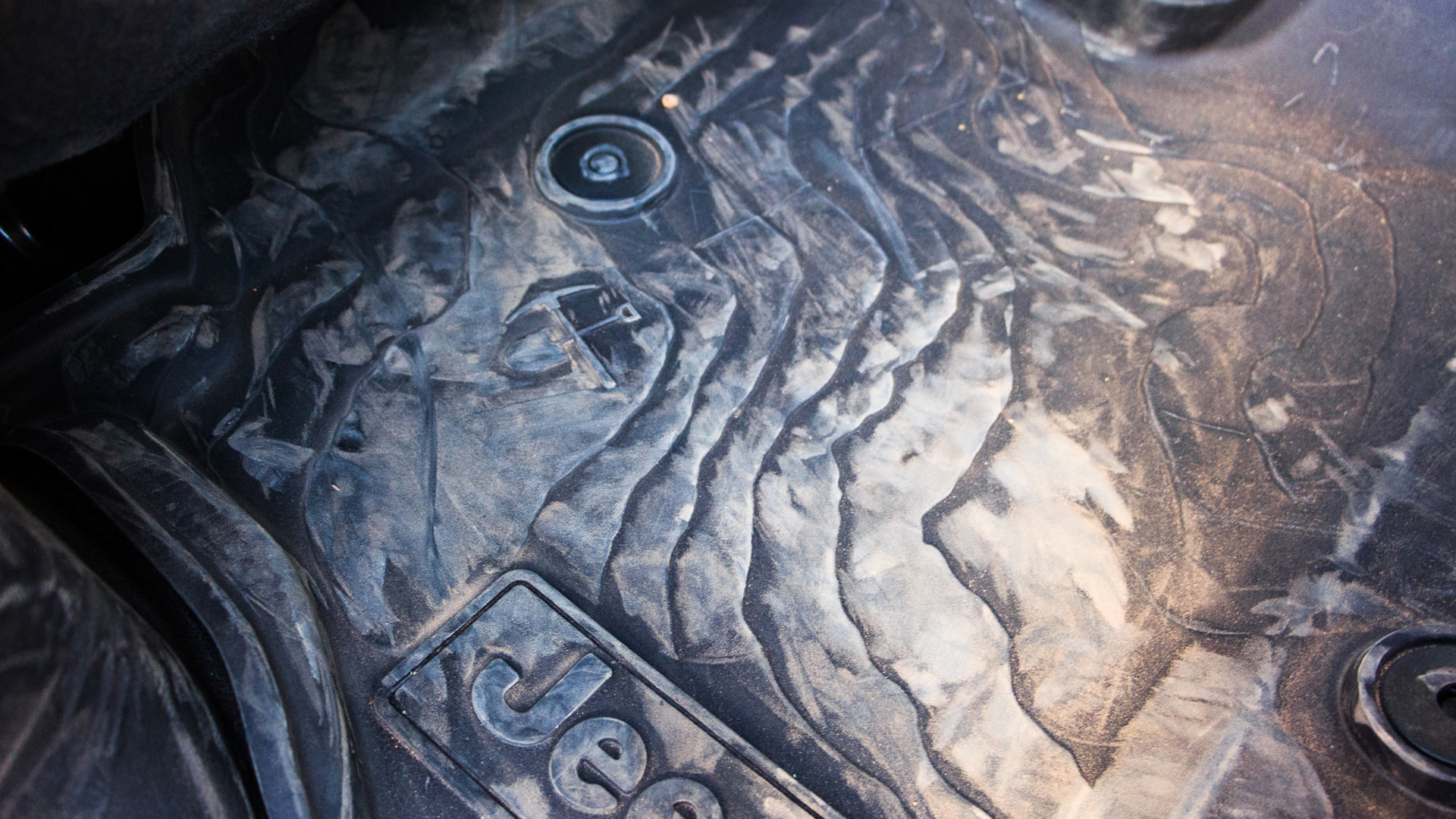
One of the things with Jeeps, and with FCA vehicles in general is the Easter eggs. Those hidden design pieces and details. Can you tell me about the Gladiator’s?
I can’t tell you about them, that’s the entire point! They’re there, but why we did them? Because we can. A lot of it is because the way parts are made, hey, it doesn’t cost anything.
It’s a way to show pride, I think. When owners discover them, they go, “Well, that’s cool.” It’s kind of our way to high-five our owners; to say, “We see you out there. We recognize that you’re out there. If you found this, it means you’re taking care of your vehicle. You’re really enjoying it and getting into the details of it.”
And sometimes you won’t see an Easter egg for years. My daughter drives a Compass. She didn’t know there was a Loch Ness Monster in the back until I told her. Then she told her friends and then it’s just this incredible sharing dynamic.
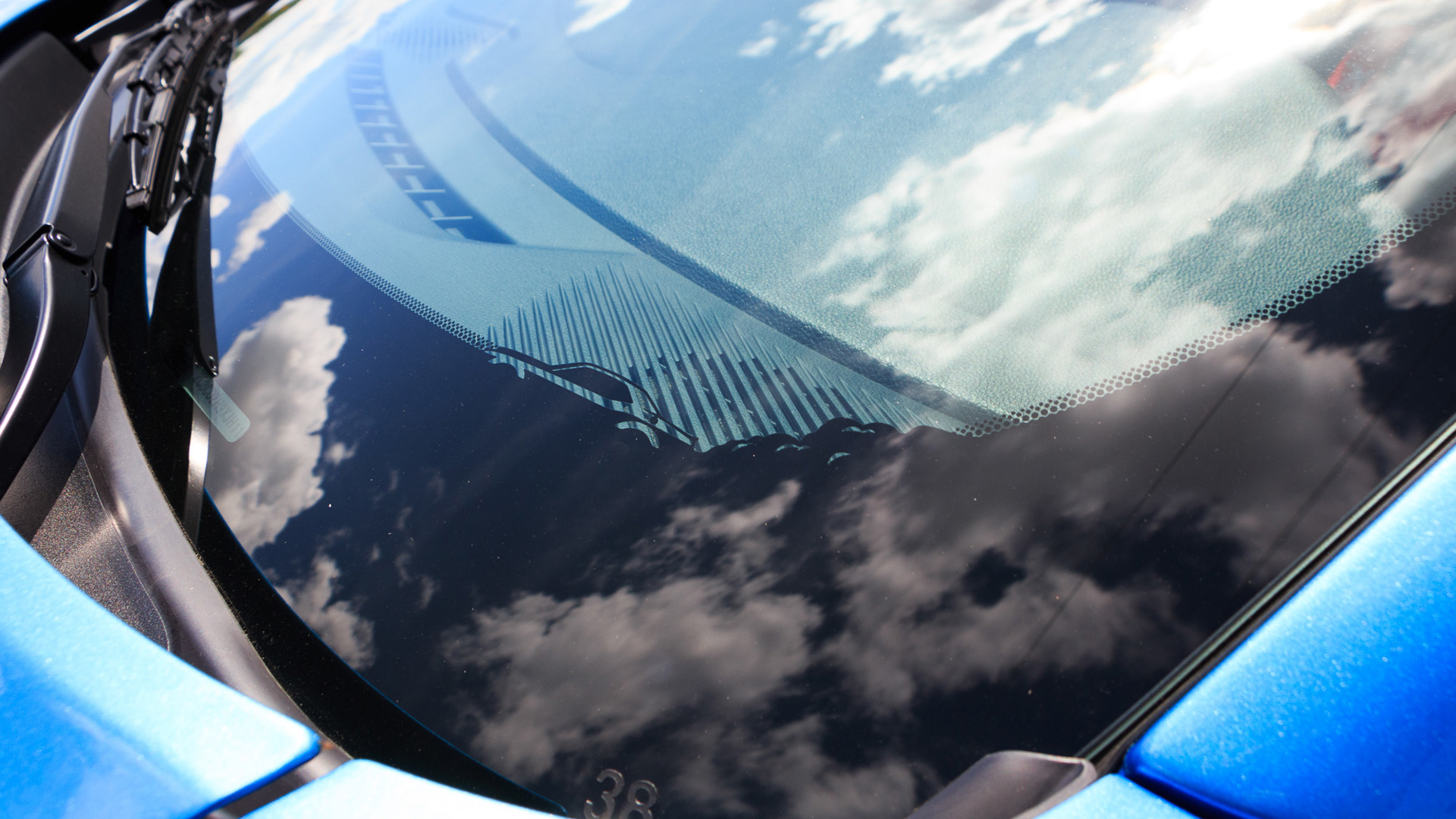
And that’s what we want. We want people to share about it, talk about it, a conversation piece. The whole vehicle is a conversation piece, but Easter eggs just add a little more to it.
Do you have a favourite? One you think is particularly cool?
Not a lot of people ever have talked about, but it’s the rain cloud in the Pacifica’s umbrella storage. A lot of people don’t even notice it. But it’s there. And that was one of the more prominent ones. It wasn’t that hidden. But again, it’s the fact we even allow that to happen says a lot about our company. And we’re obviously– we love what we do. And there’s so much passion there.
You asked about my favourite thing, it’s my work family in a way. We just love that environment of creativity and we want it to spill over to the ownership experience.
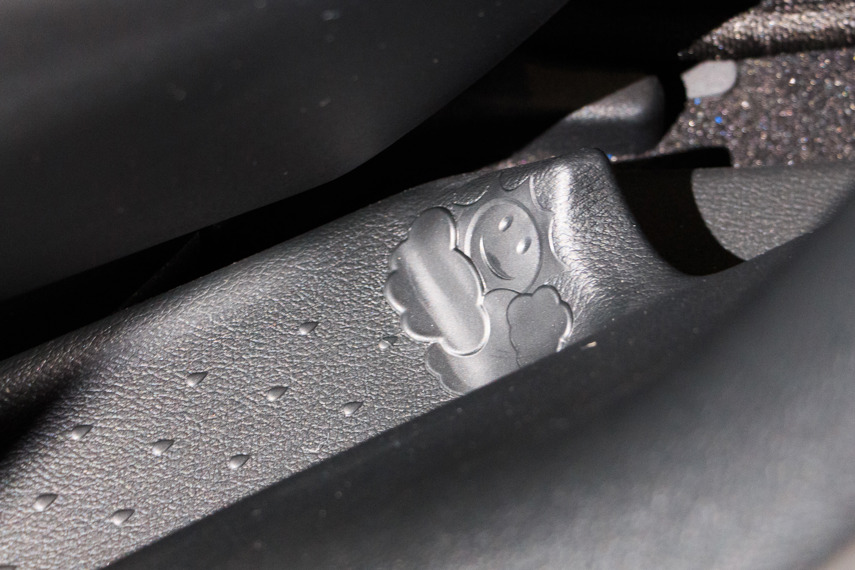
Whatever cars people choose to buy from us, we want them to kinda feel it. You know, feel that excitement that these aren’t just cars. We aren’t just making metal things, we’re actually trying to infuse them with character.
You should see how we review programs. When I’m going through design reviews, we use these amazing CGI tools, I mean movie-level stuff. Some of the best computers we’ve got. And we actually have to cool these computers cause we’re pushing them so hard.
We’ll fly into a part like that. Blow it up and you’ll see the entire little cloud I’m talking about will fill the entire screen. So we’re studying how it should look, should we raise that up half a millimetre. I mean we’re getting to that level of detail now. Because we have the tools to do it, but also because that’s the level of, I use the word “give a s**t-ness”.
So we have a lot of fun.


